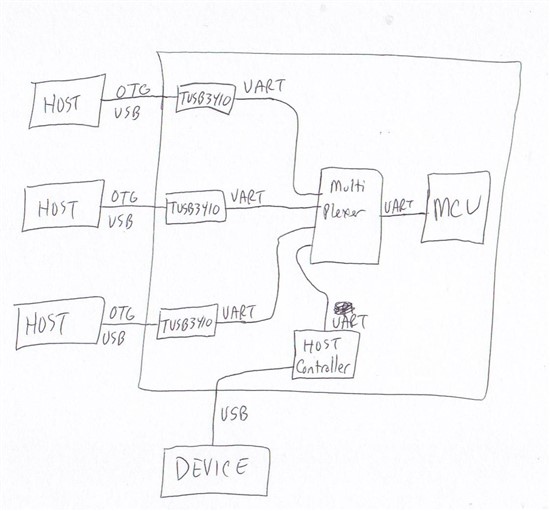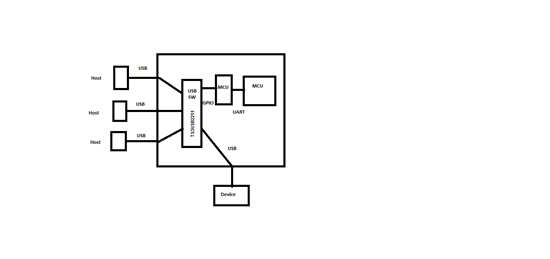Hello all,
I'm designing a product that will have three USB OTG ports for communicating with 3 portable hosts, and one USB host port for communicating with a peripheral device. The communication speed isn't critical and its mostly about transferring power. I'm planning on using the TUSB3410 for converting the OTG USB ports (that connect to portable host devices) to UART so they can interface with a standard MCU. I'm a little unsure how to handle the host port. Any suggestions on what chip I can use for the USB-UART conversion on this host port?
Thanks!
John



